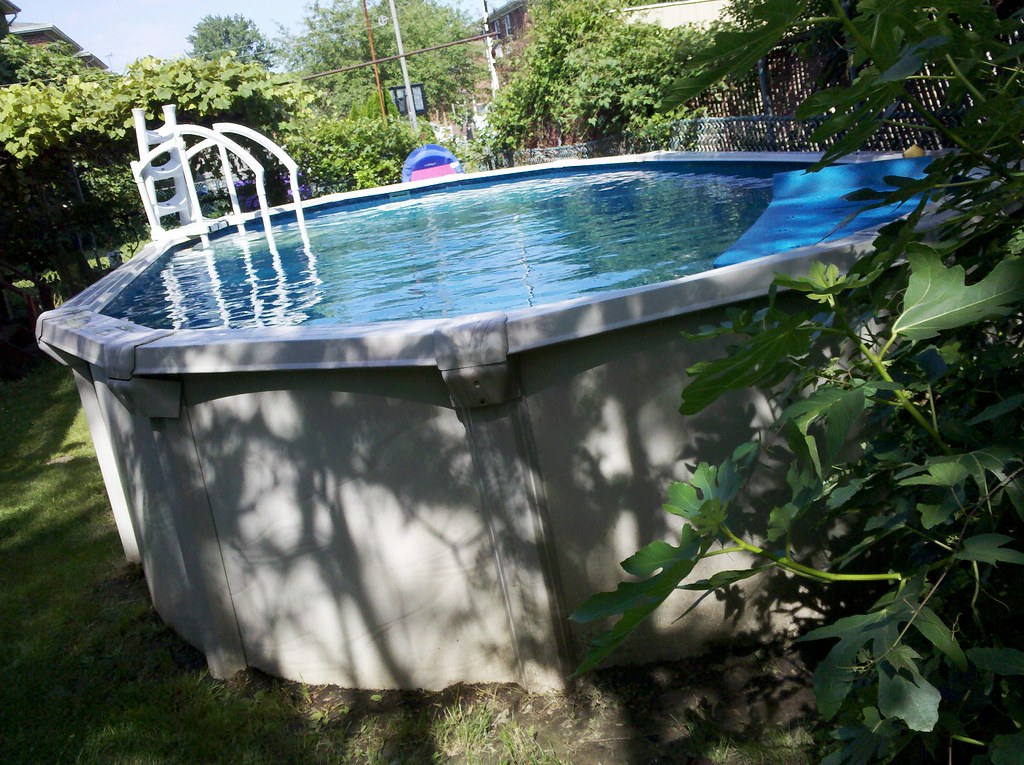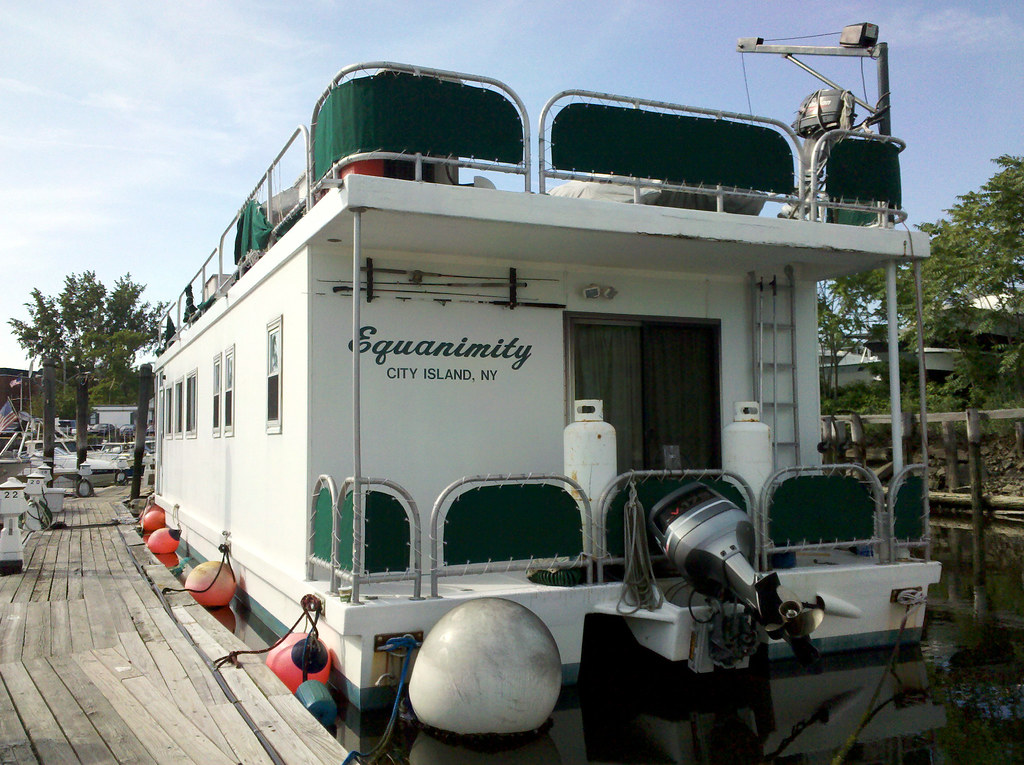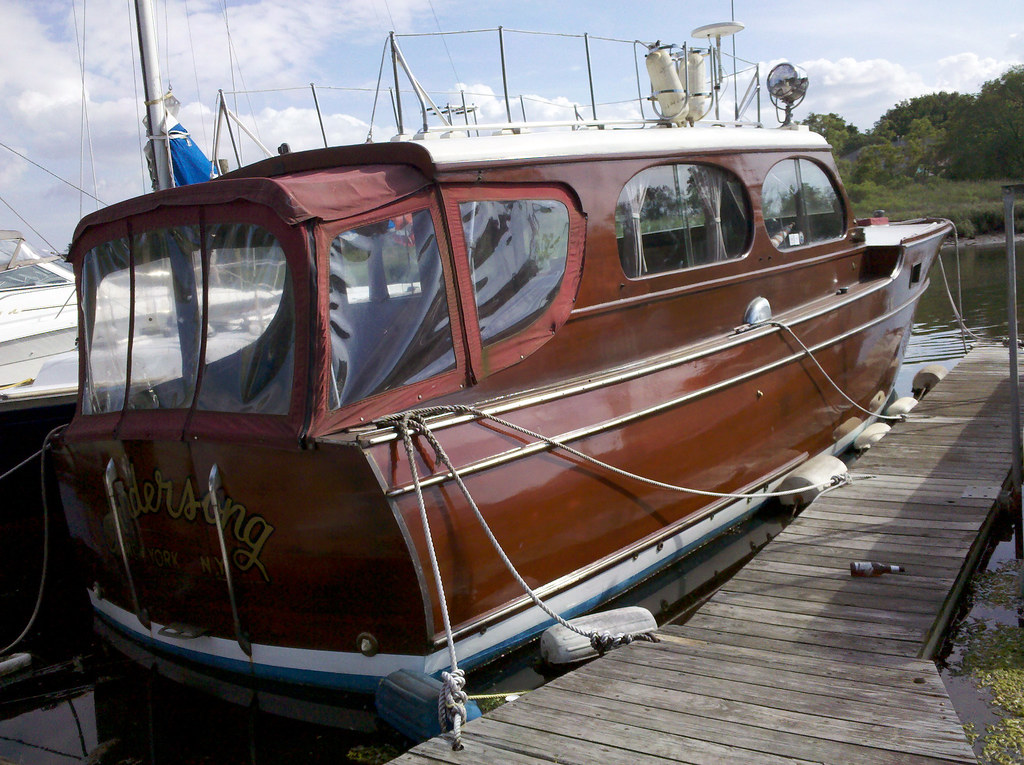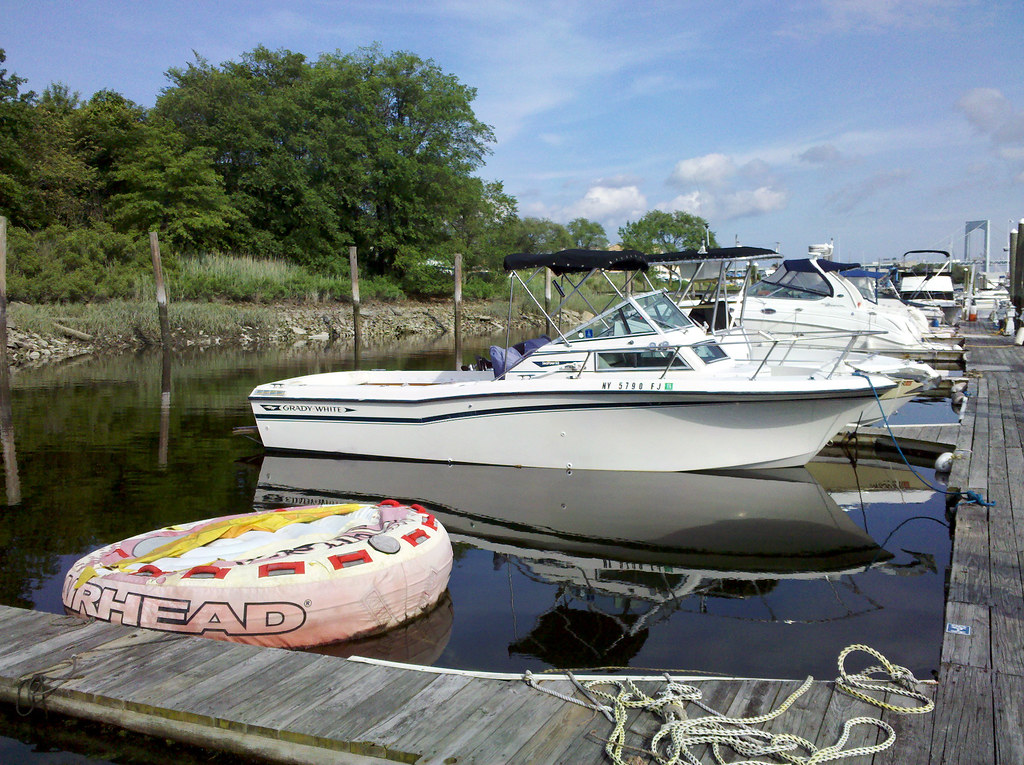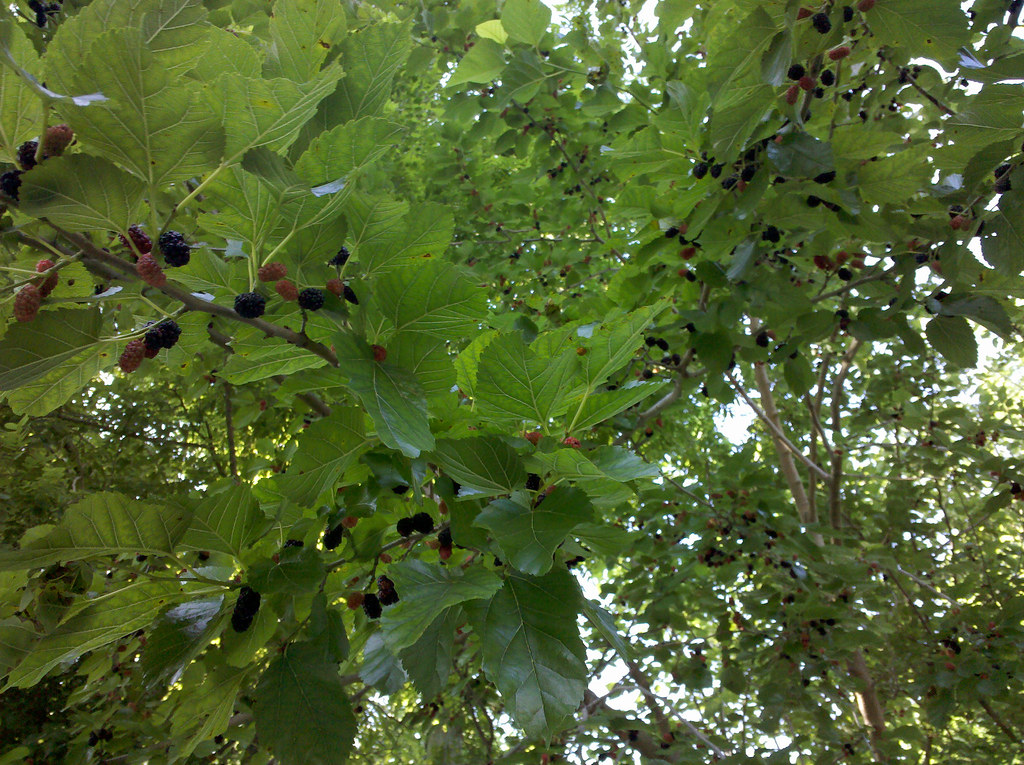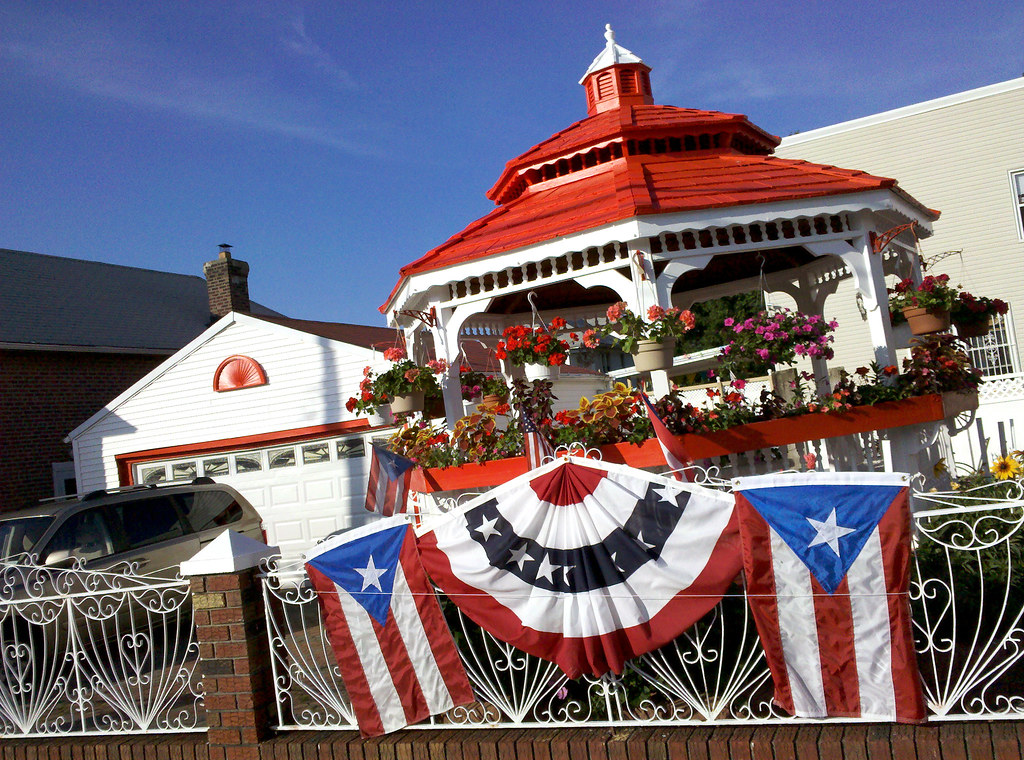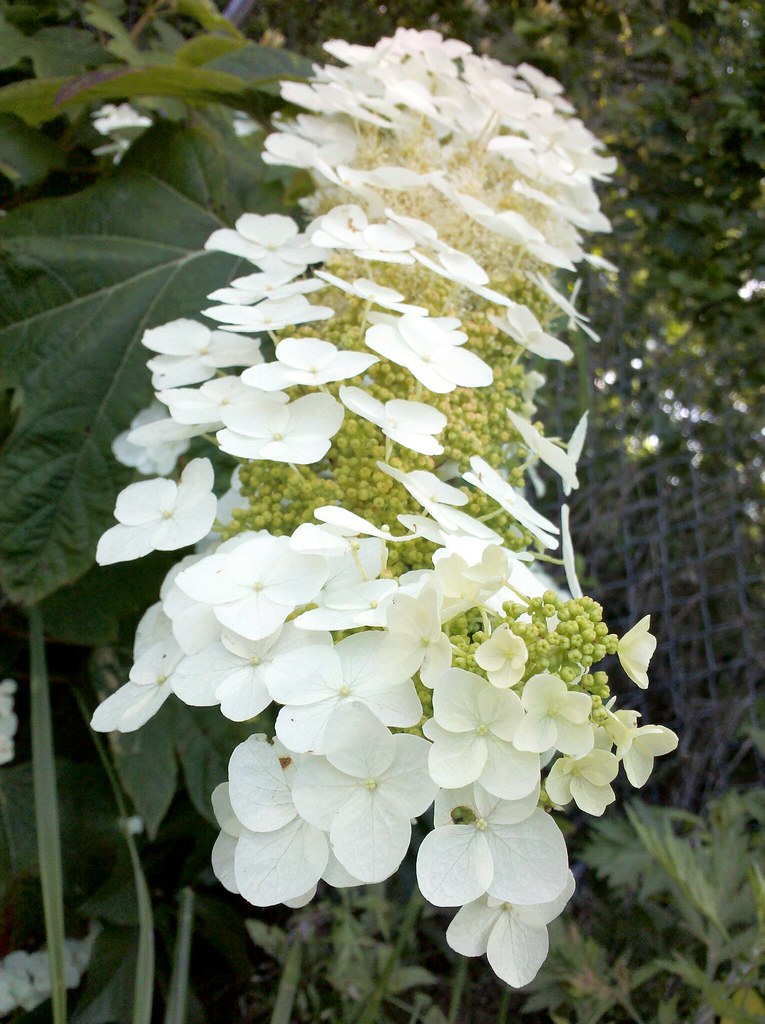
A rather loooooong inflorescence

The Bronx approach to the Throgs Neck Bridge is graced by this sign that looks straight out of some crummy subdivision. The neighborhood of Throggs Neck is often spelled with two g's, especially by old-timers, but government agencies generally prefer the streamlined, single-g version for use on street signs and the like. So if you take a trip out to the Neck and don't want to seem like an outsider, make sure you pronounce your Throggs with that extra g.
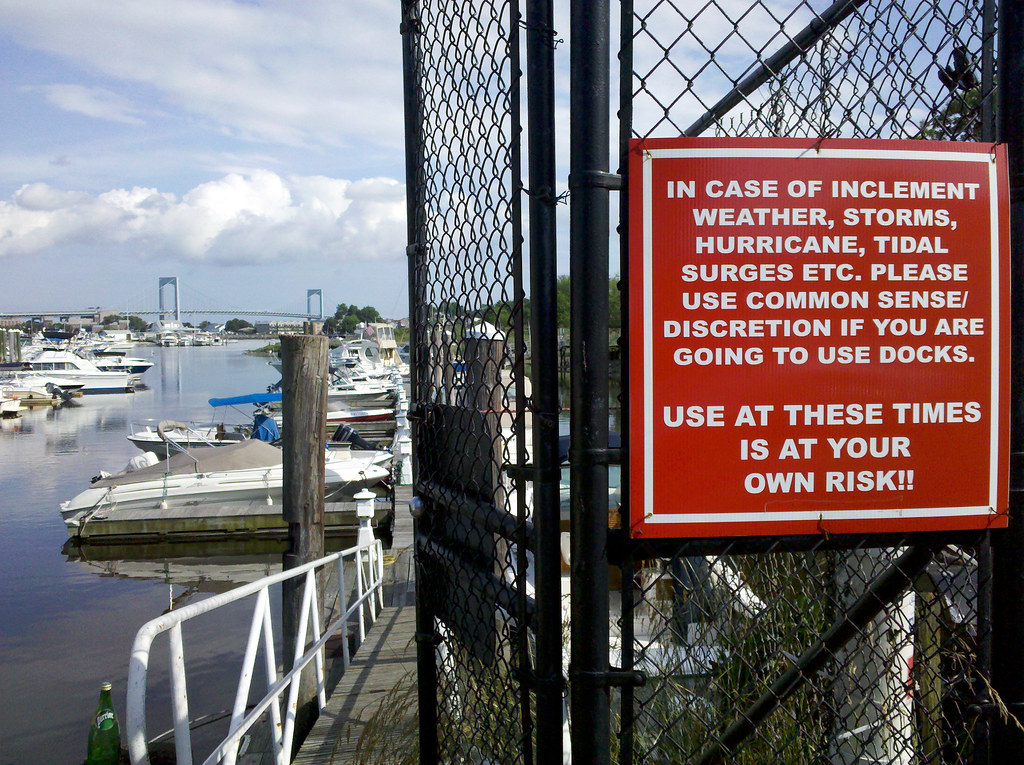
This is Hammonds Cove Marina, and that's the Throgs Neck Bridge off in the distance. As noted in Chicago, marinas are fertile ground for bad puns. Today's best boat name: the Nauty Lady.
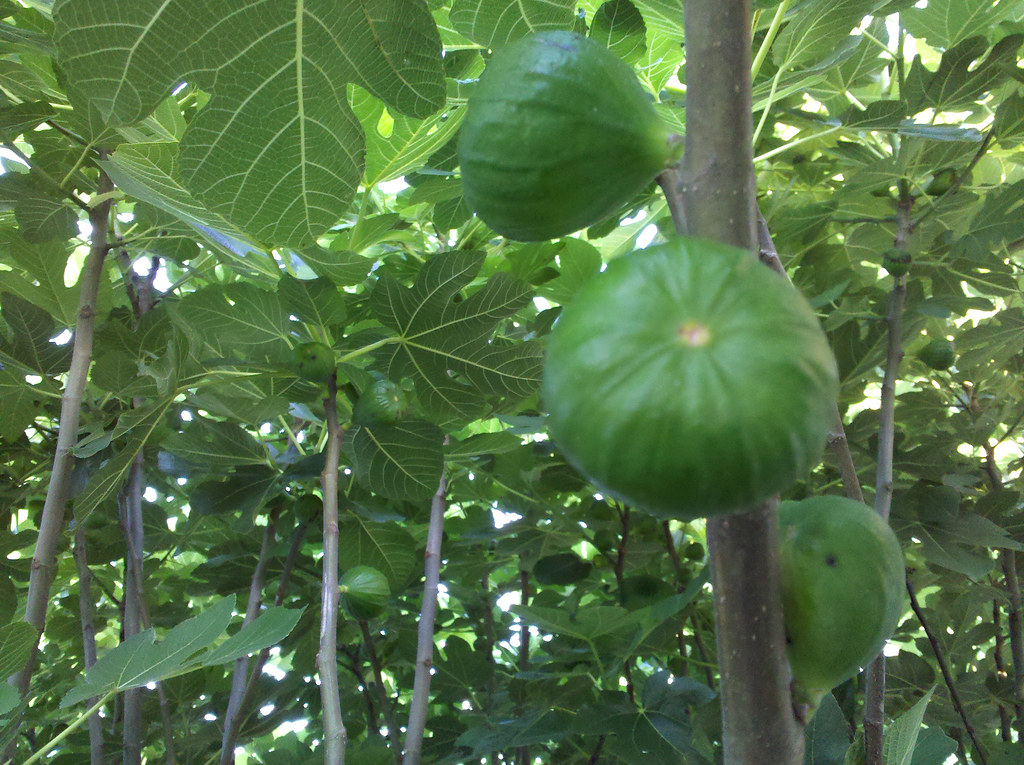
We think of a fig as a single fruit, but it's actually an inside-out inflorescence: each of the hundreds of fleshy little strands inside it is an individual flower. It would generally seem to be a bad idea for a plant to grow its flowers internally — wouldn't this prevent them from being pollinated? — but figs have an amazing relationship with a very small, specialized kind of wasp.
A female wasp of this type is able to crawl inside a fig through a tiny opening opposite the stem. Once inside, she lays her eggs, and in the process transfers pollen from the fig in which she was born. The larvae feed on the individual flowers in which they are growing until they reach maturity, at which point the males and females mate. The males then chew tunnels leading out of the fig and subsequently die, and the females (bearing pollen from the fig's flowers) escape through these tunnels and seek out new figs in which they can lay eggs of their own.

